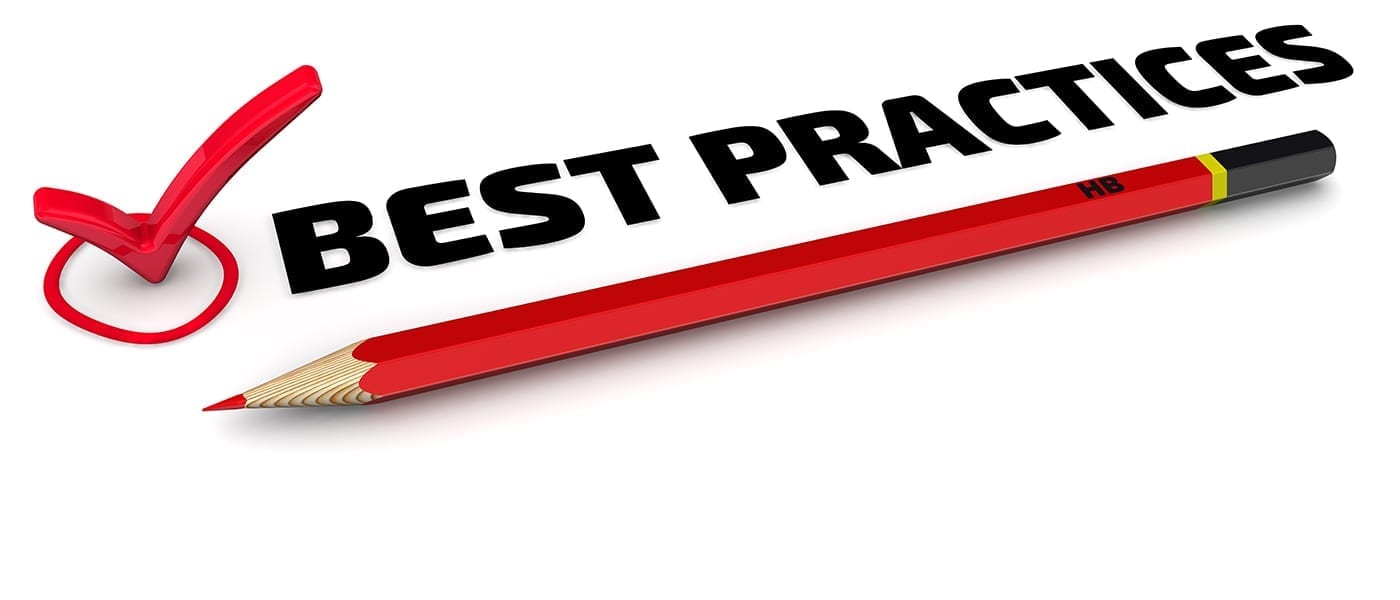Despite the fact that farm workers comprise less than 2% of the U.S. workforce, they collectively generate more than $200 billion dollars a year in food commodities.
To achieve this staggering level of productivity — and ultimately put food on the table for hundreds of millions of people at home and abroad — farms, whether they’re family-owned or corporately-owned, need the right agricultural equipment, at the right time, and at the right price.
That’s where agricultural equipment financing enters the picture!

Equipment Financing in the Agricultural Sector: 7 Best Practices
- Do Your Homework: It’s essential for you to carefully research the agricultural equipment you want to buy; not just to ensure that it fits your farm’s business plan, but so that you take into consideration all costs of ownership that will exceed the initial purchase price (e.g. maintenance, electricity, gas, etc.).
- Confirm Your Procurement Options: Some firms that offer equipment financing in the agricultural sector impose restrictions on which vendors you choose. It’s NOT in your best interest to partner with these lenders. You should have the freedom to choose the vendor you wish, and be empowered to negotiate accordingly (i.e. vendors who know you have a limited pool to choose from are likely to exploit this restriction).
- Factor in the Tax Benefits: You should be able to take advantage of two different types of tax deductions, which are not available through leasing. The first is linked to the interest payments on your loan, and the second is the depreciation of your asset (or assets). Speak with your accountant or other financial advisor to get the details, and prepare for a surprising and significant break from good ol’ Uncle Sam.
- Slow Times Could be Ideal: If your business is a little (or perhaps more than a little) on the slow side, then you can be assured that belts are tightening for vendors who sell agricultural equipment. As such, rather than reducing or pausing your investment plan, it could be the ideal time to head in the other direction — since you’ll be able to negotiate an attractive deal, and get the assets you need to increase your farm’s productivity, capacity and profitability.
- Choose a Loan Duration That Enables Affordable Repayment: While your total cost of borrowing is primarily based on the prevailing interest rate, the scheduled repayment amount (typically monthly) will be determined by the loan duration. Your best move is to choose the shortest loan duration that — and this is the critically important part — allows you to make affordable payments. You don’t want to be spread thin and forced to raise additional capital just to serve your financing costs.
- Consider Augmenting Your Loan with a Business Line of Credit: A revolving business line of credit is essentially like a credit card, where you pay interest on the amount that you borrow (not the full amount available). If the line is revolving, then the repaid funds are available to you again and again. Having a business line of credit at-the-ready is wise for covering unexpected short-term expenses that may be related to your agricultural equipment purchase. For example, you may need to cover some post-purchase modifications, purchase additional insurance, and so on.
- Consider Replacing vs. Repairing: Farm owners don’t need to be reminded that “a penny saved is a penny earned.” However, there are times when repairing farm equipment doesn’t make sound financial sense; especially if the equipment in question is several years old, and is not as productive, efficient and/or capable as modern versions. As such, don’t just focus on how equipment financing can help you purchase new assets. It may be just as wise — or necessary — to replace existing assets.
How to Apply for Farm Equipment Financing
At National Business Capital, we proudly support farm owners nationwide with equipment financing in the agricultural sector. To learn more, contact us today at (877) 482-3008 or fill out our 1-minute application!
Learn More About Alternative Financing Options for Agricultural Businesses
If you’re looking for more information on how to grow your business with the help of a business loan, check out our latest eBook “7 Profitable Opportunities That You Could Miss Without More Business Funding” now:
